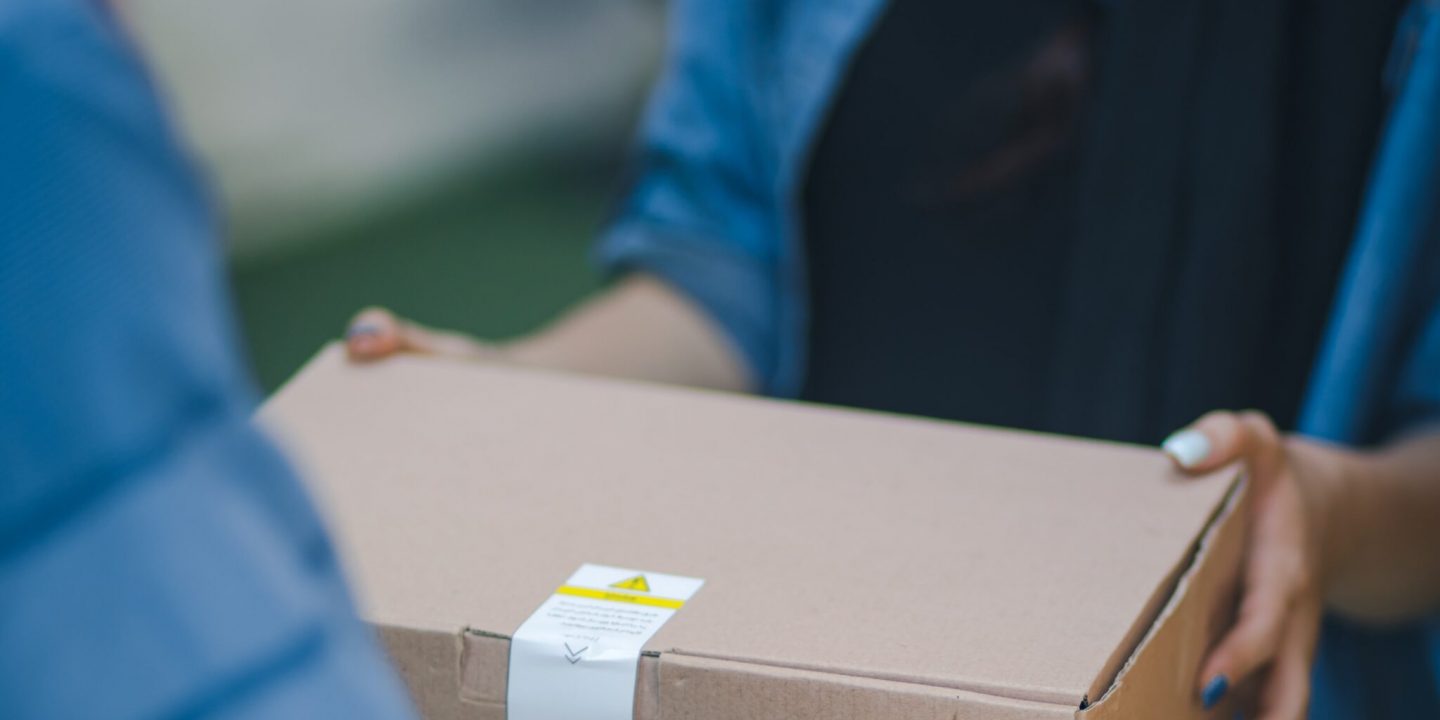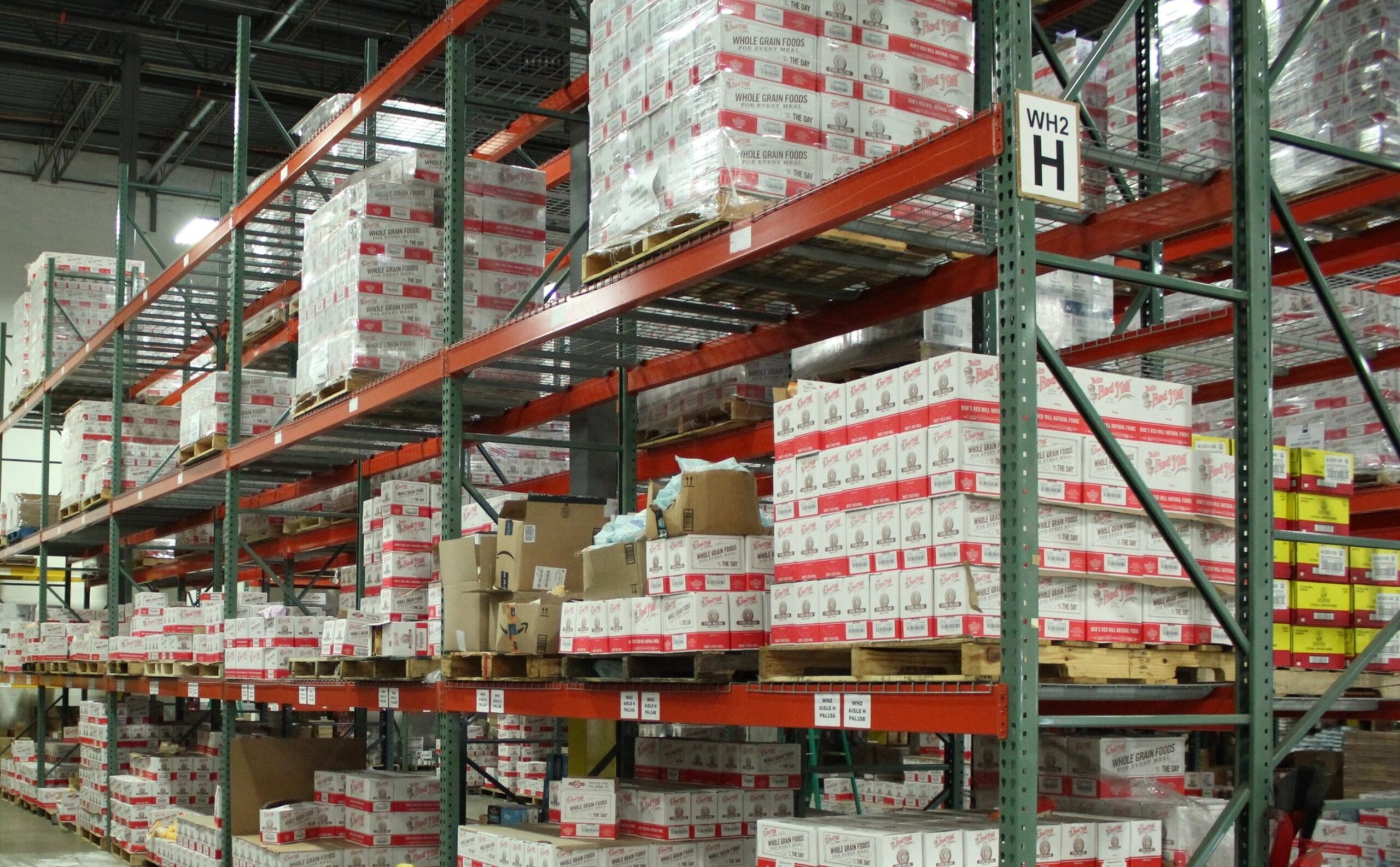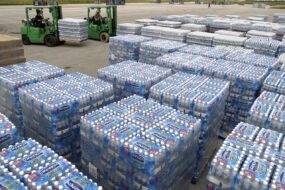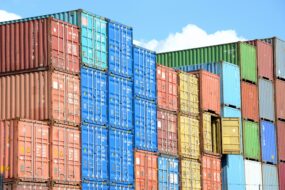Contents

Last-mile delivery is an essential piece in the e-commerce supply chain. Customers expect fast shipping and delivery on their online orders as well as tracking visibility.
The concept of last-mile delivery refers to the point in the shipping process where the product is picked up from the distribution or fulfillment center and taken to its final destination, often the customer’s doorstep.
The pandemic pushed even more retail shopping online, and customers expect quick delivery on orders they place. As many as 65% of customers are willing to pay more for faster and more reliable deliveries.
Last-mile delivery can be one of the most expensive and difficult to manage logistically for an e-commerce business, but it is also one of the most important pieces in order fulfillment, supply chain management, and customer satisfaction.
What Is Last-Mile Delivery?
Last-mile delivery is the last leg of order fulfillment, where the product is picked up from the fulfillment center and taken to its final delivery destination. Last-mile logistics are vital for ensuring that the package reaches the destination with speed, accuracy, and in good condition.
The last-mile delivery transportation market is growing at an expected CAGR (compound annual growth rate) of 10% from 2022 to 2030. Last-mile carriers strive to deliver the products as quickly and cost-efficiently as possible.
Why Is Last-Mile Delivery Important?
Big online retailers like Amazon have changed customer expectations by offering fast 2-day shipping on online orders. Other e-commerce businesses are expected to keep up with this in order to compete.
Last-mile delivery needs to be efficient and cost-effective to drive customer satisfaction and maintain customer loyalty. Customers want to receive their product quickly. Much of the speed and efficiency of order fulfillment within the e-commerce supply chain come down to last-mile delivery.
Last-Mile Carrier Tracking
Just as customers expect speed and reliability with shipping, they also expect visibility into their order status. Virtually all e-commerce customers want the ability to be able to monitor their orders and track the status of their package from start to finish.
While customers only open about 10% to 20% of typical marketing emails, for instance, open rates for tracking notifications are between 50% and 80%. Close to three-quarters of customers report that being able to track their order is one of the top considerations when buying products online.
Carrier tracking is a big part of last-mile delivery, and customer satisfaction as the final leg of delivery is often the most inefficient. The last-mile delivery can be one of the longest parts of the delivery supply chain. When customers see the “out for delivery” notification when tracking a package in real time, they will expect to see their delivery soon after.
What Is the Last-Mile Challenge?
The final leg of the delivery process, or the last mile, is often the most costly and inefficient portion of the e-commerce supply chain. Costs for last-mile delivery often make up 50% or more of the entire delivery. Since customers expect at least 2-day delivery as standard and want it to be free or inexpensive as well, this can significantly impact profit margins.
The inefficiency comes in because after a carrier picks up the product from the fulfillment center, there are often many stops to be made with low drop sizes. In rural areas, this problem can be compounded even more since the delivery points can be very spread out. In urban areas, carriers will have to deal with traffic congestion.
As a result, last-mile delivery can be one of the longest parts of the entire delivery process. The goal for e-commerce businesses is to keep last-mile logistics costs as low as possible while also overcoming speed and efficiency issues with deliveries. The goal is to meet customer expectations while not cutting too much into profit margins.
Last-Mile Carrier Providers
The last-mile carrier is a shipping provider that transports packages from the nearest shipping hub to the delivery’s final destination. This includes regional carriers like FedEx, USPS, and UPS.
Many carriers, including FedEx and UPS, will use USPS for their last-mile delivery to shore up route efficiency and reliability. FedEx or UPS will ship the package the majority of the way, often hundreds of miles, before passing off last-mile delivery to USPS. This is because USPS already runs local routes each day and are not going out of their way to make residential deliveries.
FedEx
FedEx is a major shipping provider, offering a wide range of options including time-sensitive shipping. FedEx has also been looking into methods to cut costs and improve efficiency surrounding last-mile delivery.
In 2022, FedEx is rolling out a pilot program using electric carts to 10 major cities on its Signature Express routes to improve delivery efficiency for this last leg. Due to rising costs in diesel fuel, FedEx is also testing out EV delivery vans as a method of cutting costs and improving profit margins.
UPS
UPS is another major shipping provider that is making great strides toward improving costs and efficiency issues related to last-mile delivery. This includes the recent acquisition of the SaaS (Software-as-a-Service) delivery orchestration platform Delivery Solutions. This is expected to help with last-mile delivery logistics and provide omnichannel delivery options.
USPS
Still one of the top last-mile delivery carrier providers, USPS (United States Postal Service) offers real-time package tracking and optimized delivery routes to support last-mile delivery services. USPS uses advanced technology such as the Informed Delivery program that can provide daily updates on exactly what packages a customer is to receive each day.
COVID-19 & Impact on Last-Mile Delivery
The COVID-19 pandemic has drastically impacted e-commerce, accounting for a spike of nearly 20% in e-commerce revenue in 2020. Online retailers have had to work hard to keep up with demand as well as meet customers’ shipping expectations without detracting from their bottom line.
Many are using multiple fulfillment locations, for example, which can be spread out to cover more ground. They offer locations that are closer to more customers, which can allow for faster and more efficient last-mile delivery.
There is also more demand for contactless delivery options. E-commerce giant Amazon is working toward launching Amazon Prime Air, for example, which will deliver packages by drone to a customer’s backyard. They also use delivery robots.
FedEx is also working on rolling out Roxo, the FedEx SameDay Bot, that will be used for last-mile delivery operating on sidewalks, roadsides, and bike lanes, in a radius of 3 to 5 miles of the retailer’s location. COVID-19 has spurned new technology and advanced methods for offering last-mile delivery in an efficient and cost-effective manner.
Role of 3PLs in Last-Mile Delivery
A 3PL (third-party logistics) can help with last-mile delivery logistics. 3PLs work directly with shipping carriers to get shipping quotes and determine the best rates. A 3PL can also analyze customer data to maximize shipping locations. They can often offer distributed inventory models that can ensure that your product is in a location closest to the customer to save on shipping costs and ensure a more efficient last-mile delivery.
A 3PL can ensure that the e-commerce supply chain runs smoothly and efficiently in the most cost-effective way possible.
References
New Research Finds 65% of Consumers Willing to Pay More for Faster Deliveries. (June 2021). BusinessWire.
Last Mile Delivery Transportation Market Size to Hit US$ 424.3 Bn by 2030. (March 2022). GlobalNewsWire.
How to Use Order Tracking to Boost Ecommerce Sales. (February 2021). Forbes.
“Where’s My Package?” Why Answering This Question Is the Key to Building Customer Trust. (May 2020). Retail Dive.
FedEx Is Testing Electric Carts for Last-Mile Delivery in Big U.S. and Canadian Cities. (March 2022). CNBC.
UPS Acquires Last-Mile Tech Provider Delivery Solutions. (May 2022). Modern Shipper.
Informed Delivery by USPS. (2022). USPS.
Impact of COVID-19 on eCommerce. International Trade Administration.
Amazon Prime Air Prepares for Drone Deliveries. (June 2022). Amazon.
Meet Roxo, The FedEx SameDay Bot. (2022). FedEx.




